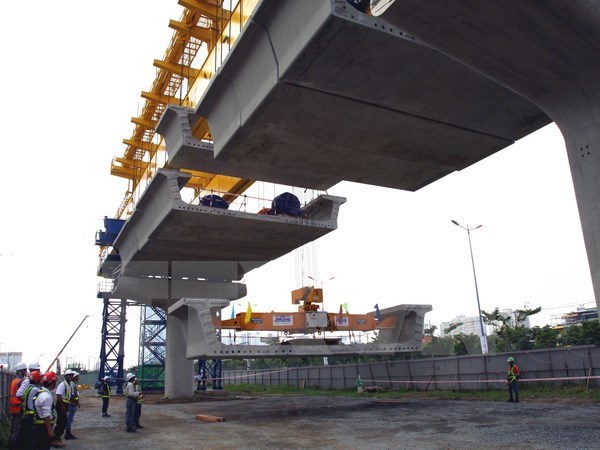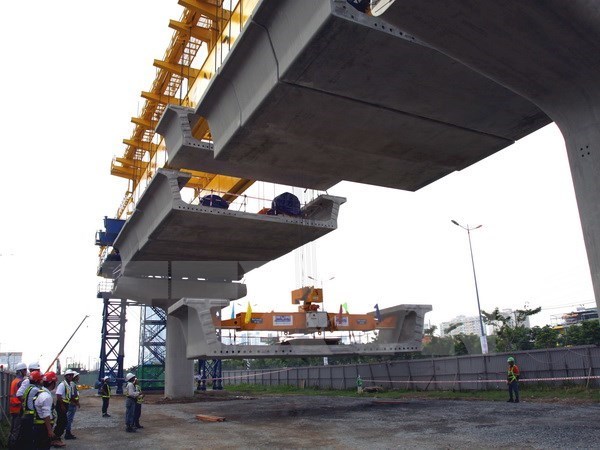Of the total amount, more than 70 billion USD came from low-interest loans
(under 2 percent), and 7 billion USD was in non-refundable assistance, Minh
said a working session between the Government and a supervision delegation of
the National Assembly Standing Committee in Hanoi on July 25.
As most of the loans have been effectively disbursed, sponsors have continued
to provide preferential loans and ODA for the country in recent years, he said.
However, efforts must be put in place to address the inefficient investment
using ODA sources, he noted.
ODA has played a huge role in the nation’s socio-economic development,
especially in terms of investment needed for infrastructure and enhancing the
Government’s management capacity, he said, adding that during meetings with
foreign officials, Vietnamese leaders have asked international donors to
continue provide preferential loans for the country.
Vietnam is approaching the point of receiving ODA with less favourable interest
rates and, therefore, it is necessary to change its methods of attracting funding
such as ensuring loan efficiency and debt settlement ability, he underlined.
Deputy PM Minh said that the Government has ordered the Ministry of Finance and
the Ministry of Planning and Investment to make meticulous evaluations of
foreign loans and bonds to draw up rational measures.
The Government recently issued Decree No.97/2018/ND-CP on re-lending ODA and
soft loans to cities and provinces, with re-lending rates widely ranging
between 30-100 percent. The move aims to place more responsibility on local
authorities in the use of foreign loans.
At the event, Minister of Planning and Investment Nguyen Chi Dung reported on
the implementation of policies and regulations on the management and
disbursement of foreign loans during 2011-2016.
Dung underlined that legal documents were issued comprehensively and in line
with the current situation, helping to improve efficiency in the use of ODA and
other preferential loans to boost the country’s socio-economic development.
According to reports from the Japan International Cooperation Agency (JICA),
Asian Development Bank (ADB), and World Bank (WB), projects funded by the three
sponsors in Vietnam are more effective than those in India, Indonesia, the
Philippines, and Sri Lanka.
ODA has helped Vietnam better its infrastructure systems and ensure social
security, particularly in mountainous and remote areas. The funds also helped
to accelerate technology transfer and management skills from developed
countries, while also creating more jobs for local labourers.
However, there are many shortcomings which need to be tackled in the
attraction, management, and use of ODA capital, including slow capital
disbursement and project implementation.



